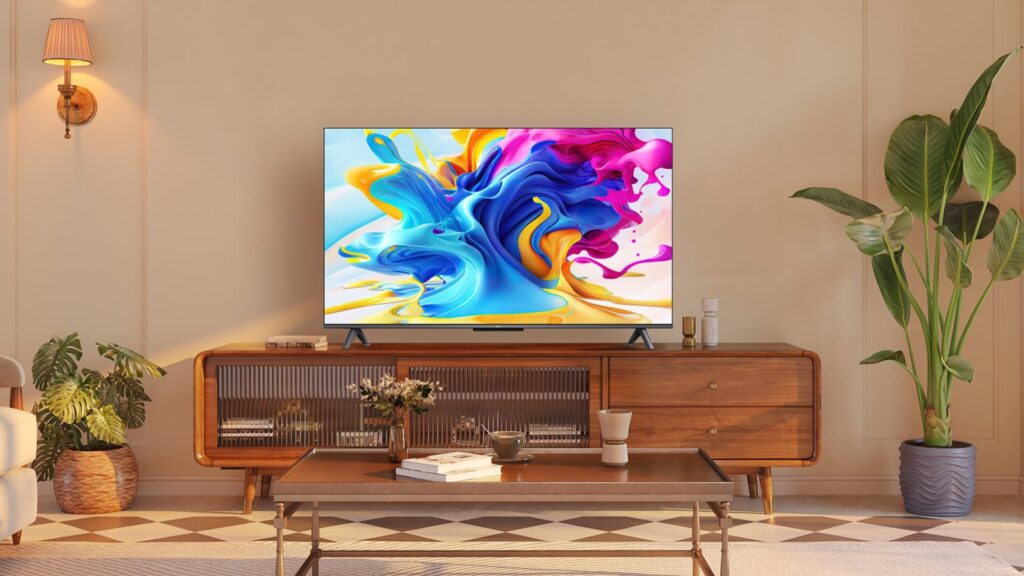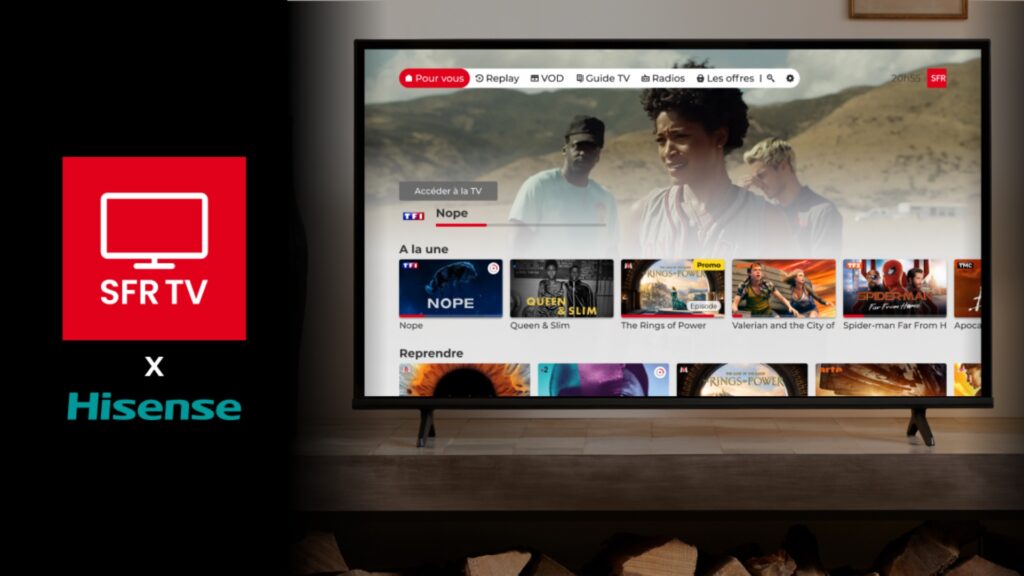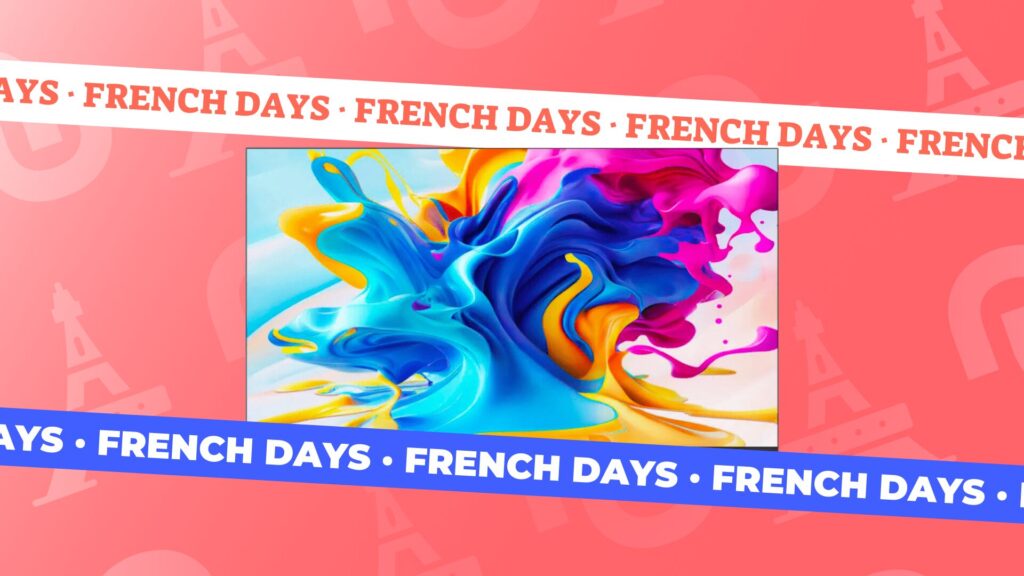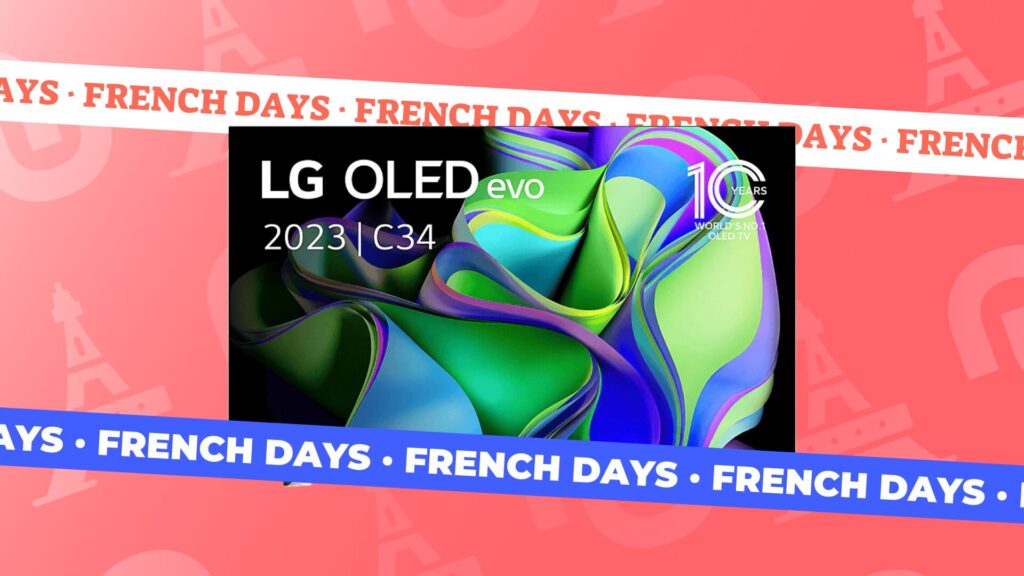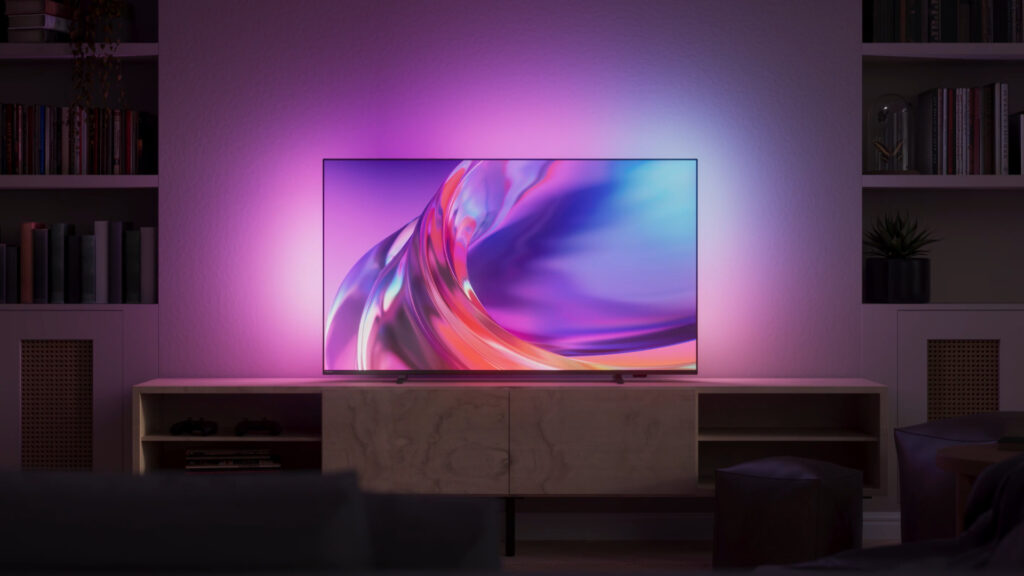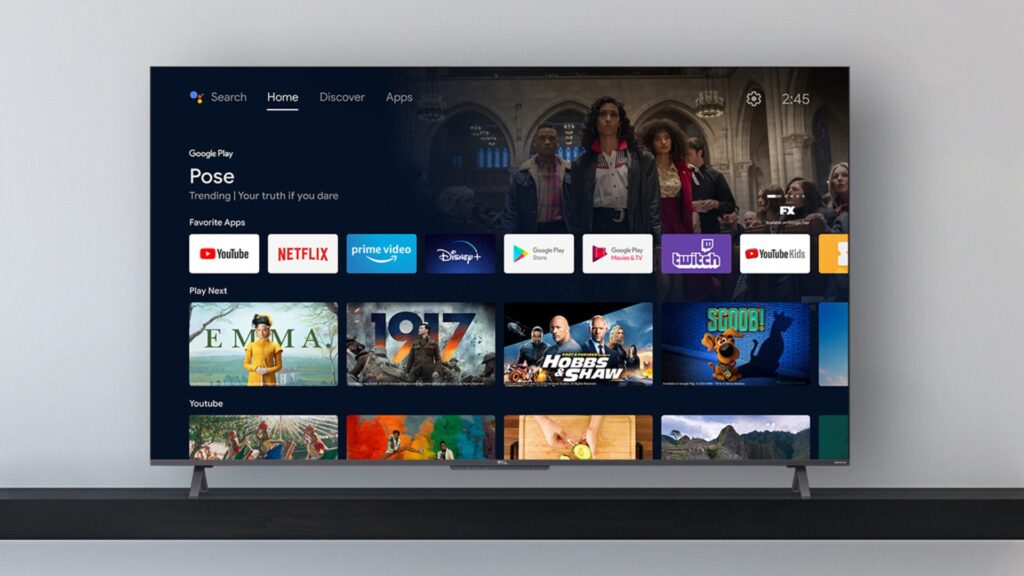An anonymous reader quotes a report from Ars Technica: Quantum dots are already moving in the premium display category, particularly through QD-OLED TVs and monitors. The next step could be QDEL, short for "quantum dot electroluminescent," also known as NanoLED, screens. Not to be confused with the QLED (quantum light emitting diode) tech already available in TVs, QDEL displays don't have a backlight. Instead, the quantum dots are the light source. The expected result is displays with wider color spaces than today's QD-OLEDs (quantum dot OLEDs) that are also brighter, more affordable, and resistant to burn-in. It seems like QDEL is being eyed as one of the most potentially influential developments for consumer displays over the next two years. If you're into high-end display tech, QDEL should be on your radar.
You may know QDEL as NanoLED because that's what Nanosys, a quantum dot supplier developing the technology, calls it. QDEL has gone by other names, such as QLED -- before Samsung claimed that acronym for LCD-LED TVs that use quantum dots. You may also see QDEL referred to as QD-EL, QD-LED, or EL-QD. As the alphabet soup suggests, there are still some things to finalize with this tech. This article will mostly use the term QDEL, with occasional references to NanoLED. If none of those names sound familiar, it's probably because you can't buy any QDEL products yet. Suppliers suggest that could change in the next few years; Nanosys is targeting 2026 for commercial availability. [...]
Today's OLED screens use OLED material as their light source, with QD-OLED specifically applying quantum dots to convert the light into color. In QLED, the light source is a white backlight; QDEL displays apply electricity directly to quantum dots, which then generate light. QDEL uses a layer of quantum dots sandwiched between an anode and cathode to facilitates the flow of electricity into the quantum dots. QDEL displays have pixels made of a red quantum dot subpixel, green quantum dot subpixel, and -- differing from today's QLED and QD-OLED displays -- blue quantum dot subpixel. QDEL displays use the same quantum dot cores that QD-OLED and QLED products use, [Jeff Yurek, Nanosys' VP of marketing] told me, adding, "The functionalization of the outer layer of the [quantum dots] needs to be changed to make it compatible with each display architecture, but the cores that do the heavy lifting are pretty much the same across all of these."
Because QDEL pixels make their own light and can therefore turn off completely, QDEL displays can deliver the same deep blacks and rich contrast that made OLED popular. But with the use of direct-view quantum dots, stakeholders are claiming the potential for wider color gamuts than we've seen in consumer displays before. With fewer layers and parts, there are also implications for QDEL product pricing, longevity, and even thinness. [...] The fact that quantum dots are already being successfully applied to LCD-LED and OLED screens is encouraging for future QDEL products. QDEL stakeholders claim that the tech could bring efficiencies like lower power consumption and higher brightness than OLED. (Research using a prototype device has recorded quantum dot light-emitting diodes reaching 614,000 nits. Of course, those aren't the type of results you should expect to see in a real-life consumer product.) There's also hope that QDEL could eventually last longer than OLED, especially since QDEL doesn't rely on organic materials that can cause burn-in.


Read more of this story at Slashdot.



